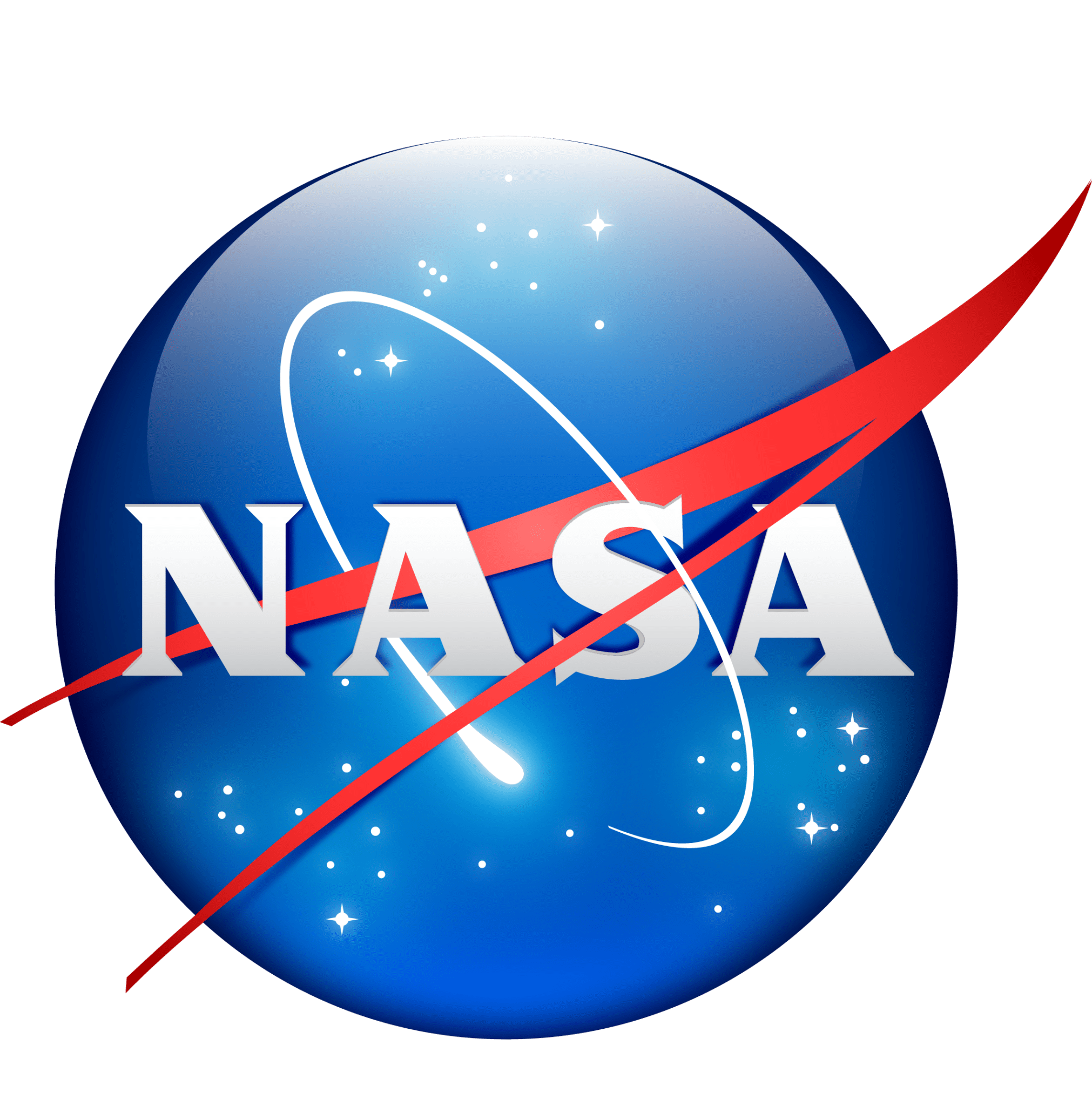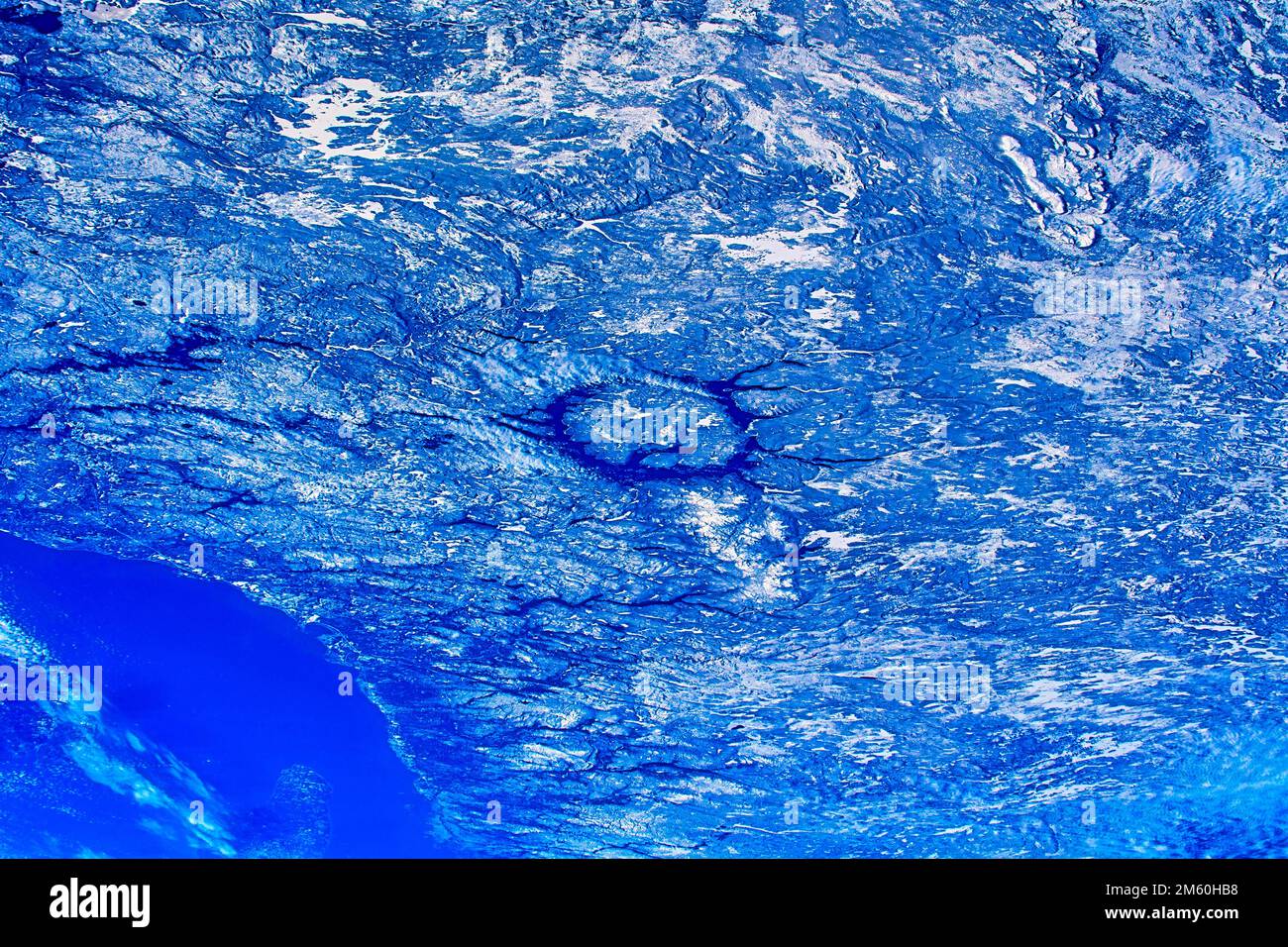Have you ever stumbled upon an amazing NASA picture and wondered about its ownership? Or maybe you've considered using one of those stunning images for your project? You're not alone! Understanding the ownership and licensing of NASA pictures, especially those available on platforms like Alamy, can be quite complex. In this post, we’ll break down the essentials of how NASA images are handled, focusing on Alamy's role in image licensing. Let's dive in!
The Role of Alamy in Image Licensing

Alamy is a significant player in the world of stock photography, often serving as a bridge between photographers and those seeking high-quality images. With a vast repository that includes captivating images from NASA, Alamy stands out in how it navigates ownership and licensing. Here’s how
- Platform for Photographers: Alamy provides a platform for photographers to upload their images, including stunning visuals captured by NASA. This means that NASA images available on Alamy are often provided by contributors who have acquired the rights to distribute them.
- Licensing Options: Alamy offers various licensing options for users. You can choose from royalty-free or rights-managed licenses, depending on how you plan to use the images. It's crucial to understand the difference:
- Royalty-Free: Once purchased, you can use the image without paying additional fees for its use.
- Rights-Managed: The price depends on various factors like usage, duration, and geography.
- Transparency in Ownership: Alamy aims to provide clear information on the ownership of images, which helps users understand whether they can legally use a particular NASA photo. They make it clear when images are in the public domain and when they require specific licenses.
- Quality Control: The platform prides itself on maintaining high standards for the images it features. Users can expect high-resolution images that are suitable for a variety of projects, from academic papers to commercial uses.
In essence, Alamy plays a crucial role in how we engage with the breathtaking imagery captured by NASA. By facilitating proper licensing and ensuring the authenticity of ownership, Alamy makes it easier for users to find and utilize these spectacular images responsibly.
Also Read This: Identifying Weeds in Northeast USA Through Photos
Overview of NASA's Digital Image Policy

NASA, the National Aeronautics and Space Administration, is known for its breathtaking images that capture the wonders of space and the intricacies of Earth. But have you ever wondered about the policies surrounding the use of these incredible pictures? NASA's Digital Image Policy is designed to promote access to their extensive collection of images while ensuring that the agency's mission and values are upheld.
At its core, NASA’s Digital Image Policy aims to provide the public with an engaging way to interact with its work. Here are some key points to understand:
- Accessibility: NASA encourages the use of its images for educational, informational, and research purposes. This reflects their commitment to sharing knowledge and inspiring future generations.
- Copyright and Use: While most NASA images are in the public domain, there are exceptions, especially images that involve third-party copyright. Users should always double-check the specifics of each image they choose to use.
- Attribution: Although many NASA images are public domain, it is still good practice to credit NASA when using their images. Acknowledging the source can promote transparency and integrity.
- Commercial Use: For images used in commercial products, NASA may have specific guidelines. It’s important to review those if you plan to use their images for business purposes.
In summary, NASA's Digital Image Policy fosters an environment of open access and responsible usage. By navigating through this policy, users can engage with the beauty of NASA's imagery while adhering to the guidelines intended to protect the agency's mission.
Also Read This: How to Create a Skype Account on Dailymotion
Ownership of NASA Images and Public Domain Status
When it comes to the stunning images captured by NASA, understanding ownership and public domain status is essential. Most of the images created by NASA are typically considered to be in the public domain, which means they are free for anyone to use without seeking prior permission. This aspect is a significant advantage for educators, content creators, and enthusiasts alike.
Here are some important details regarding the ownership and public domain status of NASA images:
- Federal Agency Works: As a federal agency, NASA operates under the premise that images produced by its employees in the scope of their work are owned by the U.S. government. Therefore, these works fall under the public domain.
- Exclusions Exist: Beware that certain images may include contributions from private entities or have specific copyright restrictions. For example, images taken by contractors or those that involve artistic elements might not be public domain.
- Creative Commons License: Some NASA images might be available under a Creative Commons license, which comes with its own set of guidelines. Always check the licensing before using to ensure compliance.
- Educational and Research Use: The public domain status of NASA images allows for unlimited use in educational materials, research publications, and more, fostering knowledge sharing worldwide.
In conclusion, the ownership of NASA images being predominantly in the public domain opens up a world of opportunities for creative and educational endeavors. However, it’s crucial to navigate any exceptions with care to ensure responsible utilization of these cosmic treasures.
Also Read This: Promoting Your Shutterstock Portfolio: Effective Strategies to Increase Visibility and Sales
Licensing Agreements and Usage Rights
When it comes to using NASA pictures available on Alamy, understanding licensing agreements and usage rights is crucial. NASA's images, being a product of taxpayer funding, are generally available for public use; however, that doesn't mean they're free from all restrictions. Many of these images are governed by specific licensing agreements that dictate how they can be used, shared, and credited.
Generally, NASA images fall under two main categories:
- Public Domain: Many NASA images are categorized as public domain content, which means you can use, modify, and distribute them without needing to pay licensing fees or seek permission. However, it's always a good idea to credit the source to uphold ethical standards.
- Licensing Agreements: Some images may have restrictions related to commercial use or may require specific permissions. In these cases, you must enter into a licensing agreement with NASA or the relevant distributor which may involve fees or specific conditions for use.
It’s essential to carefully read the licensing agreements before usage. Alamy typically provides clear indicators of usage rights for each image, making it easier for users to comply with necessary guidelines.
Also Read This: Make Money on Alamy by Selling Your Stock Photos
Benefits of Listing NASA Pictures on Alamy
Listing NASA pictures on Alamy offers several impressive benefits, both for individual photographers and organizations. If you’re considering uploading NASA images to this platform, here’s why it makes sense:
| Benefit | Description |
|---|---|
| Global Exposure | Alamy is a widely recognized stock photography platform, offering access to a global audience. Uploading images here ensures they are seen by a diverse range of potential buyers. |
| Monetization Opportunities | By listing your NASA images on Alamy, you have the chance to monetize your collection, generating revenue each time one of your images is purchased. |
| Control Over Your Work | Alamy allows you to set the licensing terms for your images, giving you control over how they’re used and what they can be charged for. |
| Simplicity and Convenience | The platform is user-friendly, making the process of uploading and managing your images straightforward and hassle-free. You can also track your earnings and sales easily. |
In summary, listing NASA pictures on Alamy not only boosts visibility but also provides financial benefits while allowing photographers to maintain control over their work.
Understanding Ownership and Licensing of NASA Pictures on Alamy
Nasa pictures have always fascinated individuals due to their stunning visuals and scientific significance. However, when it comes to utilizing these images, understanding the ownership and licensing is crucial, especially when sourcing them from platforms like Alamy. These considerations help both commercial and personal users ensure compliance with copyright laws.
Ownership of NASA images primarily lies with the United States government, as NASA is a federal agency. The general rule is that images taken by NASA are in the public domain, meaning they can be used freely by the public without the need for permission or payment. However, certain conditions apply, especially when these images are retrieved from third-party platforms like Alamy. Below are key points to keep in mind:
- Public Domain Status: Most NASA images are public domain; however, check the specific licensing information for each image on Alamy.
- Attribution Required: While they may be public domain, proper attribution to NASA is encouraged to acknowledge the source.
- Restrictions on Commercial Use: Some NASA images may have restrictions when used for commercial purposes, particularly if modifications are made.
- Third-party Modifications: Images taken from Alamy may have additional licensing terms imposed by contributors, so always read the licensing agreement carefully.
| Factor | Nasa Images | Alamy Licensing |
|---|---|---|
| Public Domain | Generally yes | Check specific license |
| Attribution | Preferred | Required for some images |
| Commercial Use | Possible with restrictions | Varies by image |
In conclusion, when using NASA images from Alamy, it is essential to understand both the public domain status of the images and any additional terms set forth by Alamy or individual contributors. Always verify licensing details to avoid potential misuse.
 admin
admin








